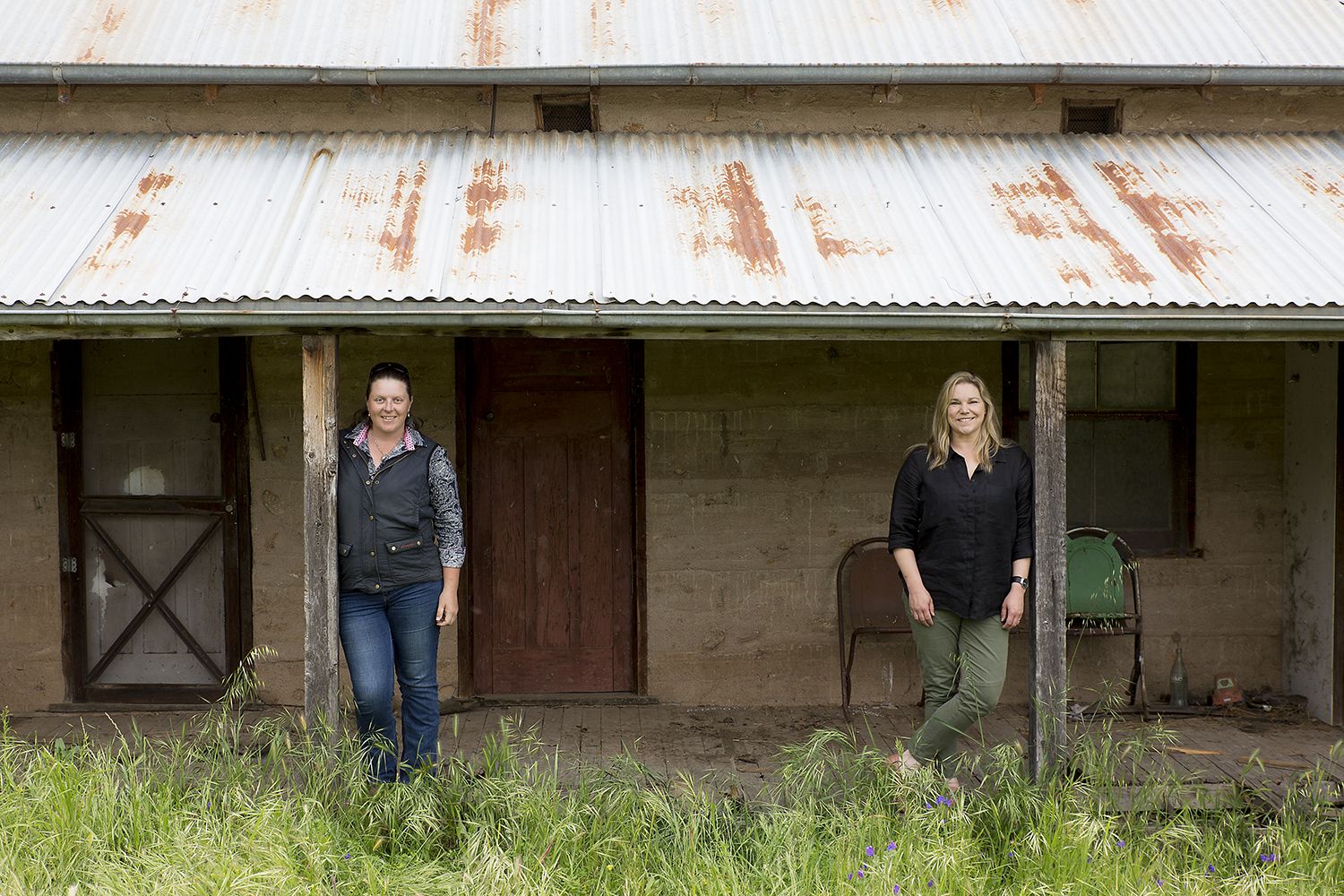
Kim Storey and Cassie Gates: Challenging the stereotype – what does a farmer look like?
15 March 2017EnviroVeg Program for promoting environmental best practice in the Australian vegetable industry
26 March 2017Insects are potential contaminants of processed leafy vegetables. Pest and beneficial species, in both the juvenile and adult stages of their life cycles can easily become unwanted contaminants if they make their way from the field into the final product, and to the end consumer. Insect contamination can result in rejections and lost sales for growers, added cost for processors and bad publicity for retailers. Ensuring year round supply of insect free produce is a difficult challenge.
The main products affected are baby leaf spinach and coral leaf lettuce. The major insects causing problems are: moths, soldier files, Rutherglen bugs and ladybeetles.
This project’s approach was to first review current published research on controlling insect contaminants in leafy vegetables crops. Then, a range of measures were evaluated in field trials with the aim of reducing insect contaminant levels. Trials included insect deterrents and attractants, floating row covers, and harvester modifications intended to remove insects at harvest. In addition, trials were conducted in the factory to assess the best methods of removing insect contaminants along the processing line.
The most effective methods for reducing the level of insect contaminants were the use a moth attractant plus a knockdown insecticide, light traps to reduce moth populations in a radius of 100m, harvester modifications to remove insects at harvest and floating row covers to exclude insects from baby leaf spinach crops. In the factory, rotating drums removed most of the insect contaminants and dead moths were much easier to remove than live moths.
